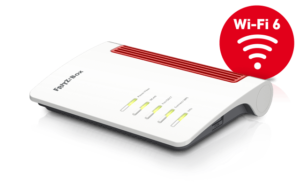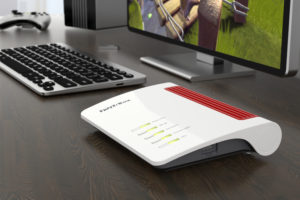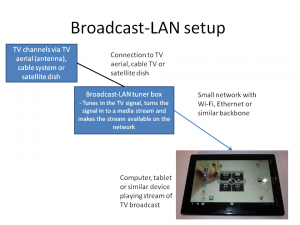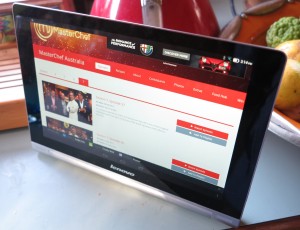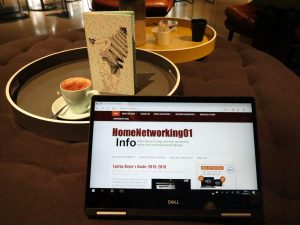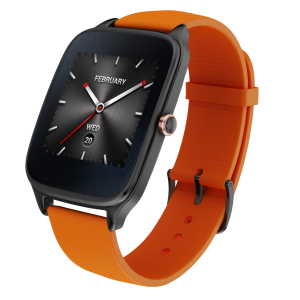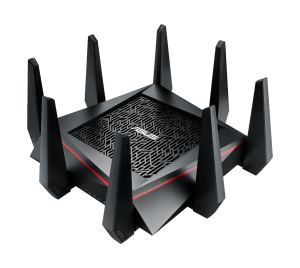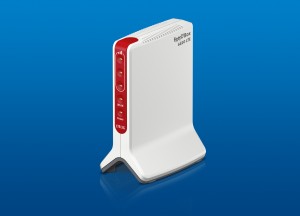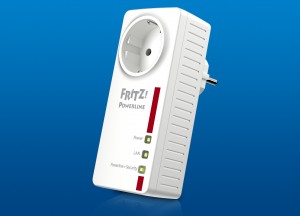One of AVM’s FritzBoxes is a sign of what a modem router would be about
Article
From the horse’s mouth
AVM
FritzBox 5530 Fiber (Product Page – English / Deutsch)
My Comments
AVM is offering to the German market a Wi-Fi router that is a sign of things to come for home-network routers.
This unit, known as the Fritz!Box 5530 Fiber has a built-in optical-network modem that works with current-specification fibre-to-the-premises networks. It doesn’t matter whether the network implements active or passive topology, which would cater for situations where the infrastructure provider or ISP upgrades the service to active technology for increased capacity.
The fibre-optic cable for the network would have to be equipped with SFP fibre-optic plugs which allow the user to plug it in to the FTTP service. Depending on the FTTP installation, this may be a captive fibre-optic flylead that you plug in to the modem or fibre-optic cable you plug in to the equipment and a wall socket.
Here, this kind of router would come in handy where fibre-to-the-premises services are able to be delivered on a “bring-your-own-equipment” basis. Here, this may be a self-install setup for those premises which have extant FTTP infrastructure for the network that provides the desired service. Or it could be for professionally-installed “new-infrastructure” services where the customer supplies their own equipment or the equipment is supplied under separate delivery.
It would also appeal to ISPs who want to provide a router with integrated optical-network-terminal functionality as their customer-premises equipment.

On the left is the SFP fibre-optic connection for your FTTP fibre-optic Internet service while the Ethernet socket in the middle outlined in white is the 2.5 Gigabit Ethernet socket.
On the LAN side, there are three Ethernet connections with one being a 2.5 Gigabit connection for “multiple-Gigabit” Ethernet networks along with two Gigabit Ethernet connections. The Wi-Fi segment is a two-stream Wi-Fi 6 setup which allows for high-throughput wireless networking. Of course, these connections work at the stated speed if equipment matching these specifications is connected to them.
The Fritz!Box 5530 Fiber has VoIP adaptor functionality including a DECT base station for six handsets along with an analogue-telephony-adaptor for one regular telephony device, including a fax machine. This setup is SIP compliant for setup with most Fixed-Line IP services that are the way to provide landline telephony in the era of fibre-to-the-premises broadband.
It runs the AVM FritzOS operating system and like other Fritzbox devices, implements automatic software updating. There is support for the AVM FritzMesh arrangement that allows the use of AVM’s network-infrastructure hardware to become part of a wired and/or wireless mesh setup to assure proper network coverage across your home.
At the moment, the Fritz!Box 5530 Fiber sells to the German market for a recommended-retail price of EUR€169. But the fact that it provides a fibre-optic WAN and at least one multi-gigabit Ethernet LAN connection to answer the trend of high-throughput Internet and home-network connectivity.
This could become in the near future the path to go for home-network routers as fibre-to-the-premises Gigabit broadband Internet takes hold. It also underscores what is going on with the design of consumer IT hardware within Europe.

